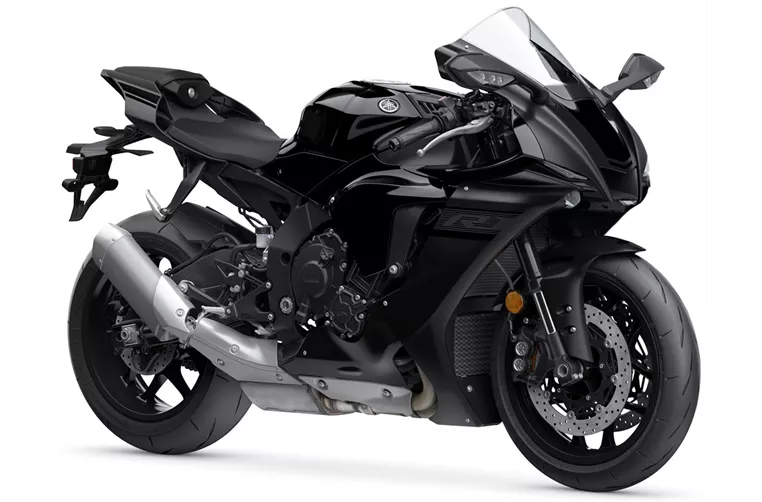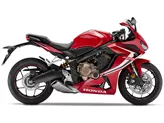Yamaha R1 2020 vs. Kawasaki Ninja 650 2017
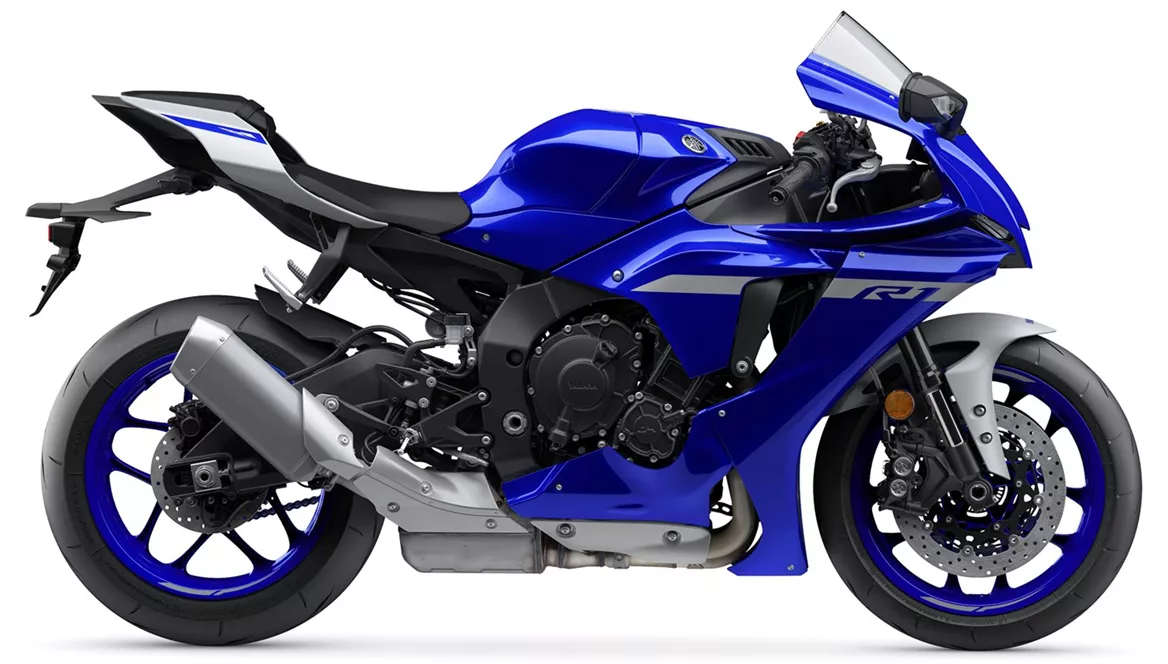
Yamaha R1 2020

Kawasaki Ninja 650 2017
Overview - Yamaha R1 2020 vs Kawasaki Ninja 650 2017
The Yamaha R1 2020 and the Kawasaki Ninja 650 2017 are both popular models in the supersport category, but they have distinct differences in terms of performance, specifications, and overall riding experience.
Starting with the engine and drive train, the Yamaha R1 2020 is equipped with a 998cc engine that produces an impressive 200 horsepower and 112.4 Nm of torque. On the other hand, the Kawasaki Ninja 650 2017 features a 649cc engine that generates 68.2 horsepower and 65.7 Nm of torque. It is evident that the Yamaha R1 offers significantly more power and torque, making it a more suitable choice for riders seeking high-performance capabilities.
In terms of engine characteristics, the Yamaha R1 has a bore of 79mm and a stroke of 50.9mm, while the Kawasaki Ninja 650 has a bore of 83mm and a stroke of 60mm. The Yamaha R1 has a higher compression ratio of 13, indicating a more efficient combustion process. Additionally, the Yamaha R1 has four cylinders and four valves per cylinder, while the Kawasaki Ninja 650 has two cylinders and four valves per cylinder. These specifications contribute to the Yamaha R1's superior power and performance.
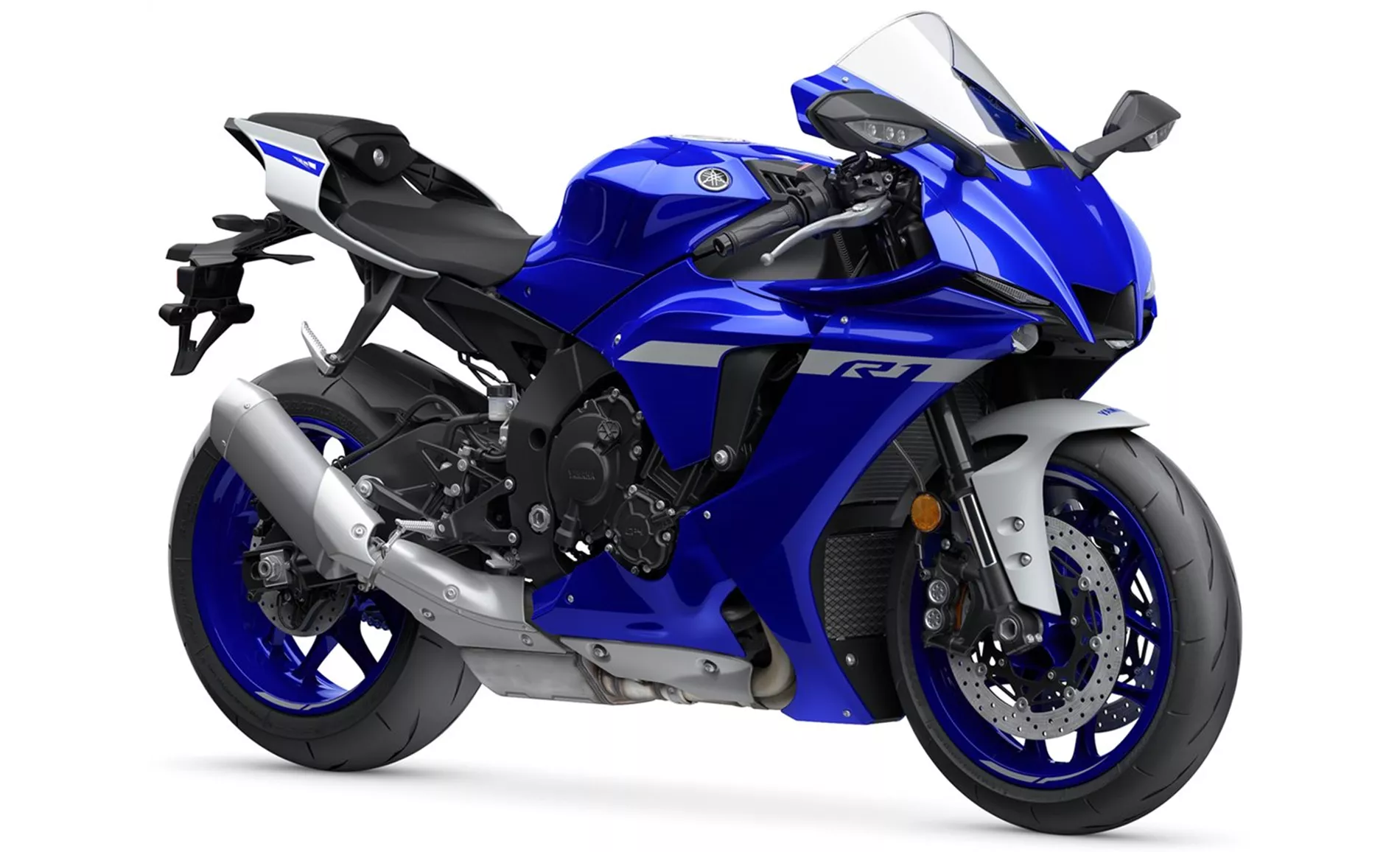
Yamaha R1 2020
Moving on to the suspension and chassis, the Yamaha R1 2020 features an upside-down telescopic fork front suspension and an aluminum Deltabox frame. This combination provides stability and precise handling, making it ideal for aggressive riding. On the other hand, the Kawasaki Ninja 650 2017 has a telescopic fork front suspension and a steel tubular frame. While it may not offer the same level of rigidity as the Yamaha R1, it still provides a good balance between comfort and sportiness.
Both motorcycles have double disc brakes at the front, ensuring excellent stopping power. However, the Yamaha R1 2020 is equipped with advanced rider assistance systems such as launch control and traction control, which enhance the overall riding experience and safety.

Kawasaki Ninja 650 2017
In terms of dimensions and weights, the Yamaha R1 has a wheelbase of 1405mm and a seat height of 855mm, while the Kawasaki Ninja 650 has a slightly longer wheelbase of 1410mm and a lower seat height of 790mm. The Yamaha R1 weighs 199kg (with ABS), while the Kawasaki Ninja 650 weighs 193kg (with ABS). These differences in dimensions and weights may affect the handling and maneuverability of the motorcycles.
In terms of weaknesses, the Yamaha R1 2020 has been criticized for its brakes not being completely satisfactory on the race track. On the other hand, the Kawasaki Ninja 650 2017 has been noted for its lack of sound from the stock exhaust and slight engine vibrations.
In summary, the Yamaha R1 2020 is a high-performance supersport motorcycle with a powerful engine, stable chassis, and advanced rider assistance systems. It is suitable for riders seeking a thrilling and exhilarating riding experience. On the other hand, the Kawasaki Ninja 650 2017 offers a more playful and good-natured handling, with excellent brakes and a resilient engine. It is a more accessible option for riders looking for a balance between sportiness and comfort. Ultimately, the choice between these two models depends on the rider's preferences and intended usage.
Technical Specifications Yamaha R1 2020 compared to Kawasaki Ninja 650 2017
Pros and Cons in comparison
Pros and Cons in comparison
Yamaha R1 2020
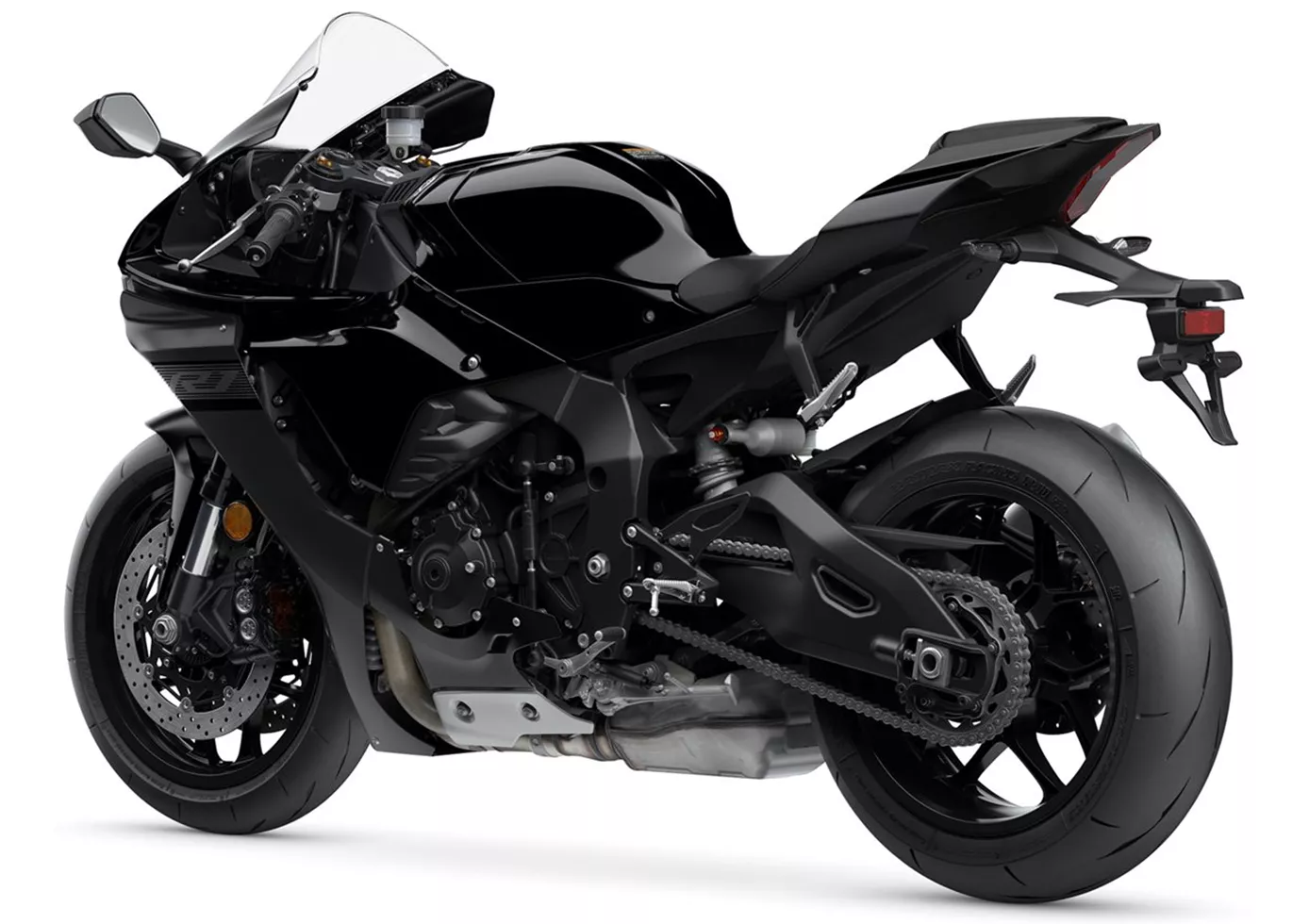
The Yamaha YZF-R1 is mature and makes countless racetrack pilots happy. The engine shines with lightness and agility, the seating position surprises positively and the handling is radical but still "suitable for the masses". The machine immediately stands out visually and also because of the heart-warming sound. Especially on the country road, the bike scores with its well-known strengths: great engine, great electronics, great package! A real pleasure to ride!
Kawasaki Ninja 650 2017

The Ninja 650 firmly stamps its predecessor (Er-6f). The engine has mastered the Euro 4 hurdle well and serves up a very usable 68 hp, the chassis is simply great for this class, and the weight reduction of 18(!) kilos compared to the ER-6f justifies reverent nods.
Price Comparison Avarage Market Price Yamaha R1 vs Kawasaki Ninja 650
There are a few key differences between a Yamaha R1 2020 and a Kawasaki Ninja 650 2017. In terms of price, the actual average price of a Yamaha R1 2020 is about 229% higher. A Yamaha R1 2020 experiences a loss of 1,250 GBP in one year of ownership. This is offset by a loss of 390 GBP for a Kawasaki Ninja 650 2017. Compared to Kawasaki Ninja 650 2017 there are more Yamaha R1 2020 bikes available on the 1000PS.de Marketplace, specifically 9 compared to 7. It takes less time to sell a Yamaha R1 with 86 days compared to 96 days for a Kawasaki Ninja 650. Since model year 2005 1000PS.de editors have written 80 reviews for the Yamaha R1 and 20 reviews for the Kawasaki Ninja 650 since model year 2017. The first review for the Yamaha R1 was published on 28/04/2003 and now has more than 3,900 views. This compares to more than 79,600 views for the first review on Kawasaki Ninja 650 published on 04/10/2016.
